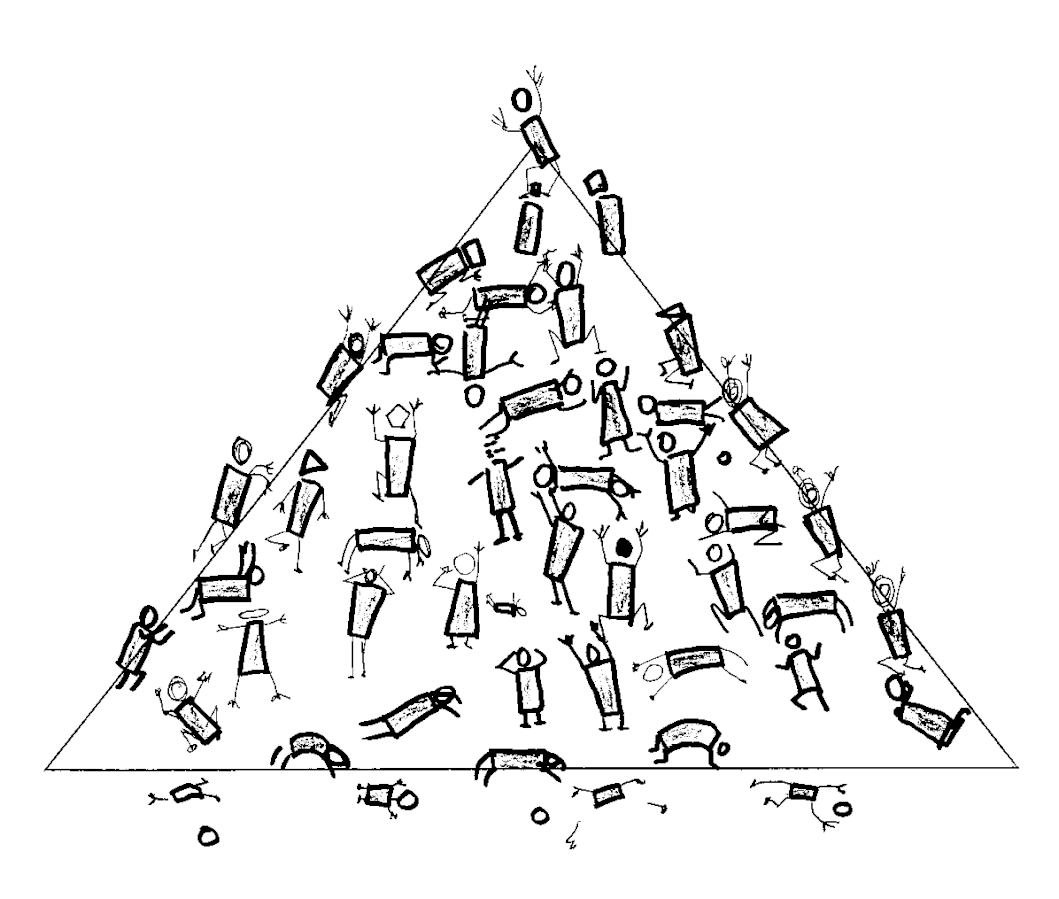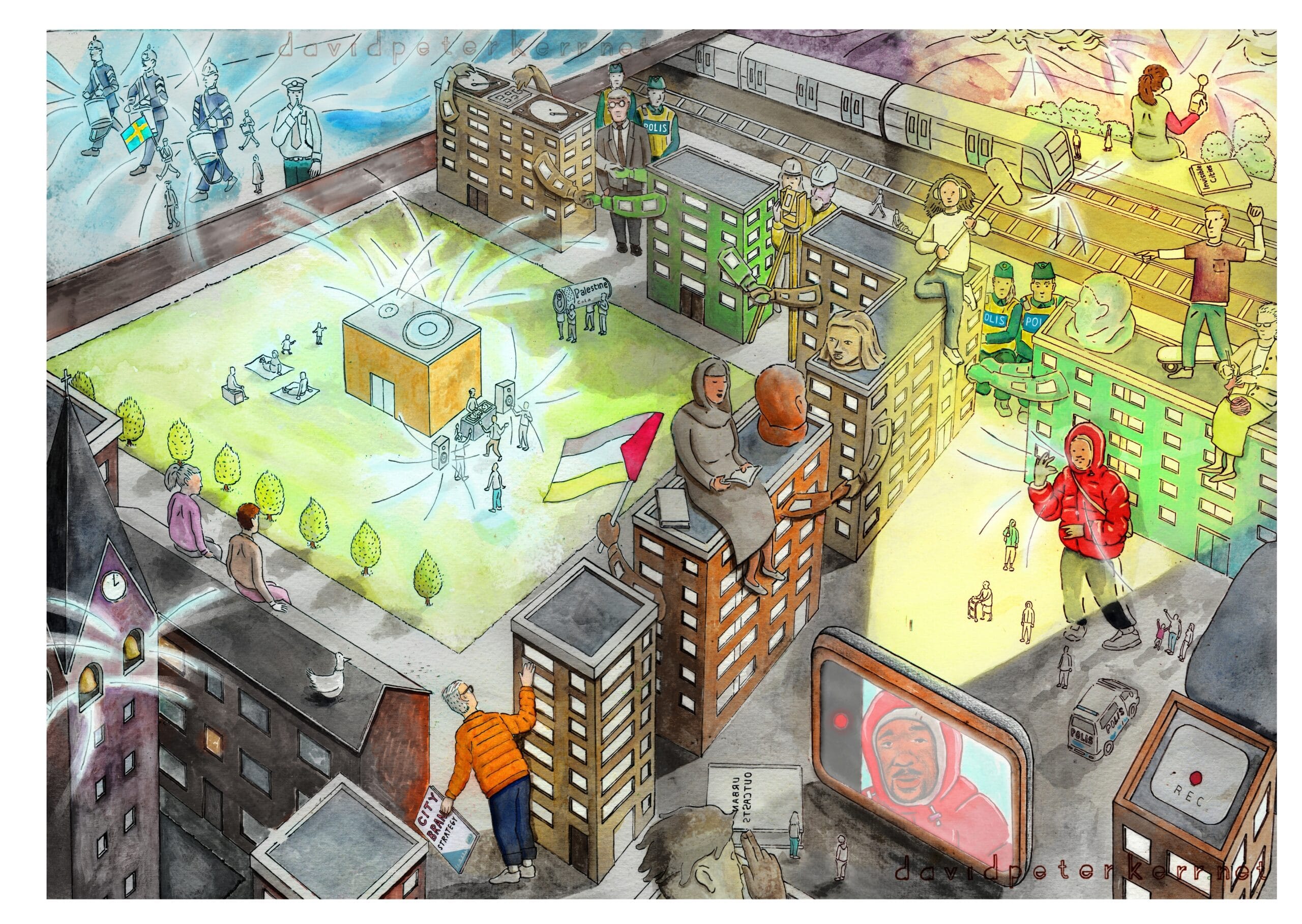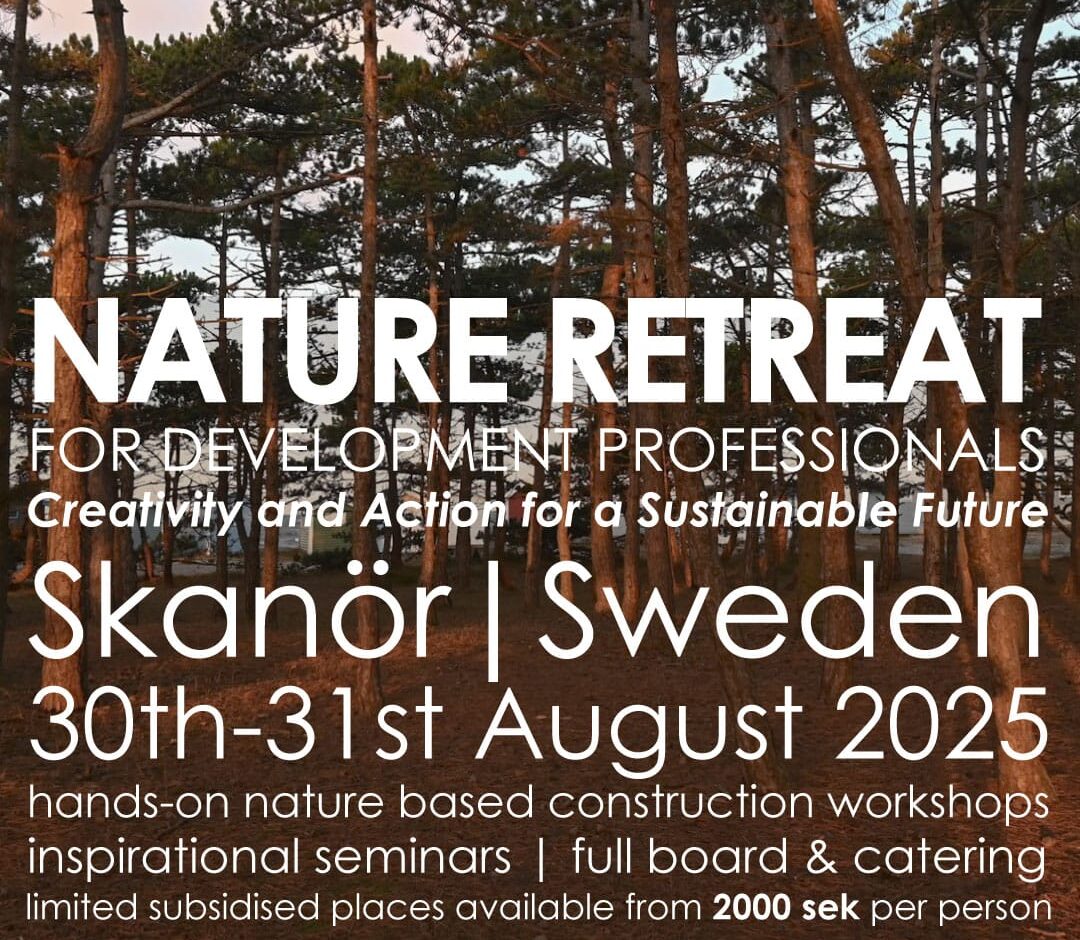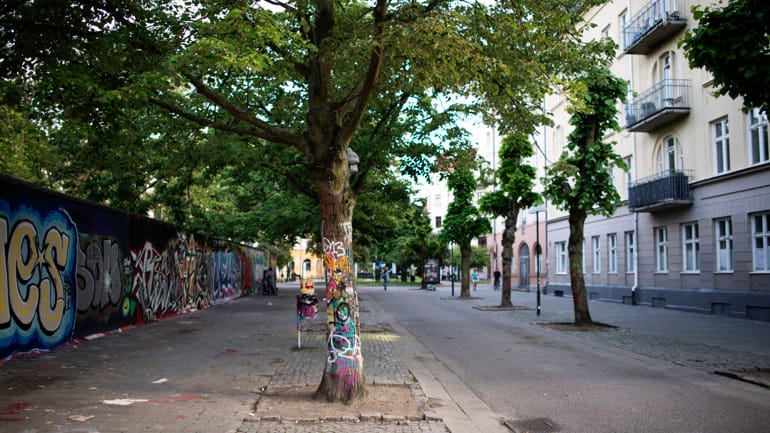IUR member Mathilda Rosengren has published a paper in a Historical Social Research special issue “Ruptures, Transformations, Continuities. Rethinking Infrastructures and Ecology”, edited by Philipp Degens, Iris Hilbrich & Sarah Lenz.
Her article is titled When Infrastructures and Ecological Actors Meet: Resituating “Green” Infrastructures through the History of the Willow Tree, and will become (and remain) open access 6 months after publication.
Abstract:
Not only do infrastructures put matter in motion, they also provide salient accounts of political struggles and everyday accommodations. Today, many municipalities promote them as part of “green” and “sustainable” solutions for the future. Concurrently, the more-than-human social sciences are going through their own “infrastructural turn,” with an impetus to acknowledge actors beyond the human – that is, the ecologies of plants, animals, and fungi. This paper joins the call to include the ontic-epistemic realities of lively, other-than-human beings. Homing in on one ecological actor, the white willow (Salix alba), in Malmö and Scania, Sweden, I show that more-than-human infrastructural relations are far from novel occurrences. By adopting a ligneous, relational dialectic of agency, I account for the willow’s shifting spatiotemporal positions and how the tree connects Scania’s and Malmö’s infrastructural past, present, and potential futures to wider discourses of sustainability and urban change. In Malmö, such discourses reflect the current implementation of a “green” infrastructure of “eco-pathways” (Ekostråket). Focusing on the willow, I question the municipal promise of “green” infrastructure as a panacea for humanity’s challenges in the Anthropocene.
Cover image by “Countryside Sunset” by Infomastern is licensed under CC BY-SA 2.0.




